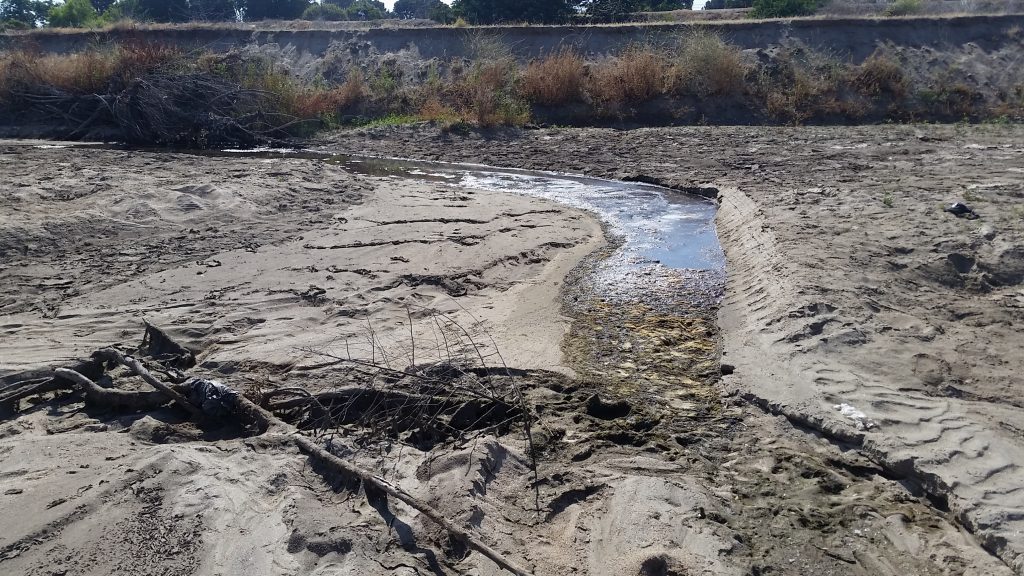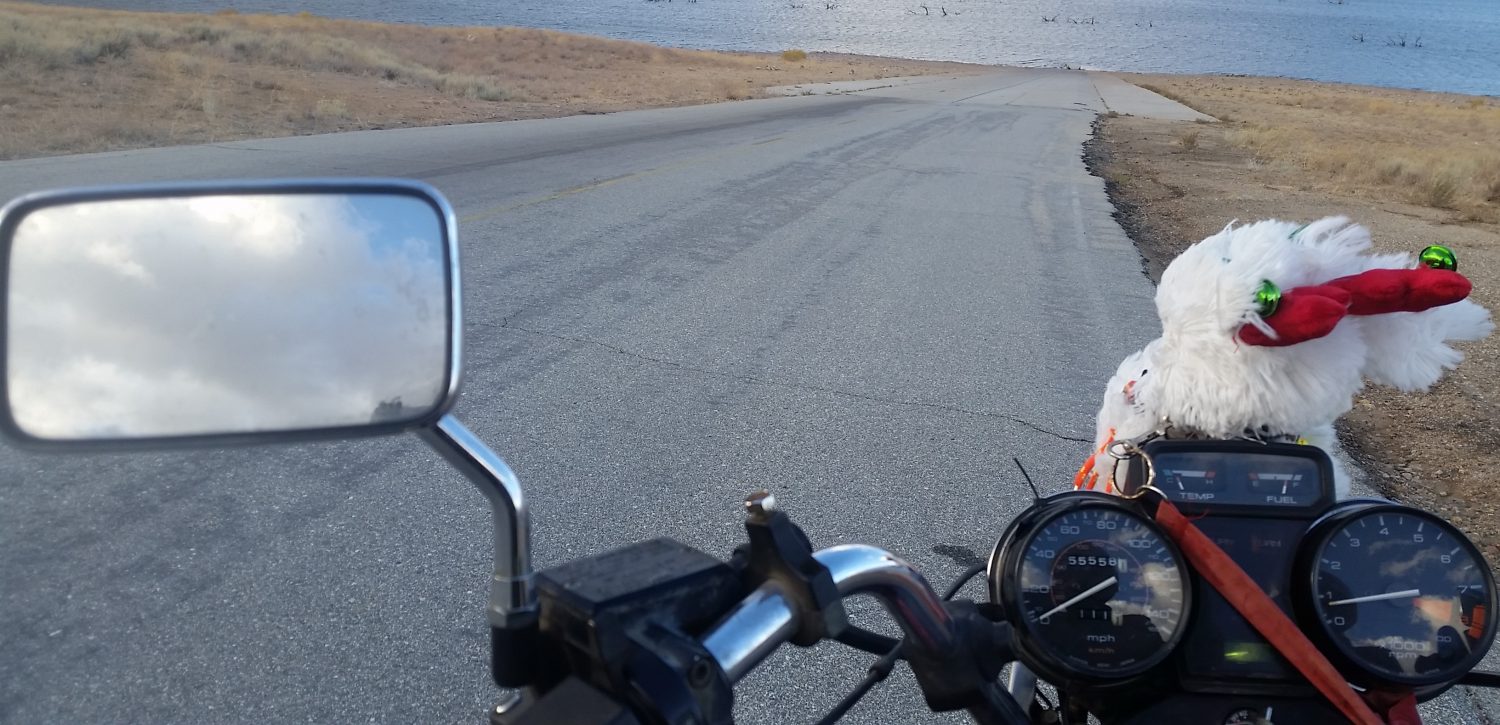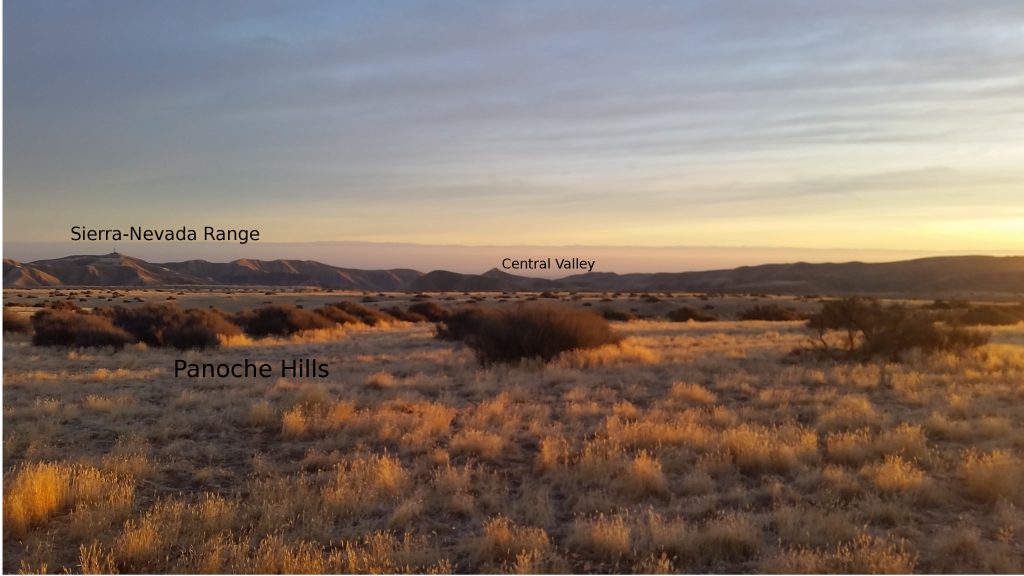
165 miles, the 10th longest river in California, stretching nearly the entire length of the Sierra-Nevada, the Kern River can arguably be considered the most historically important river in California, and one of the unsung greatest influences in the United States agriculture industry.
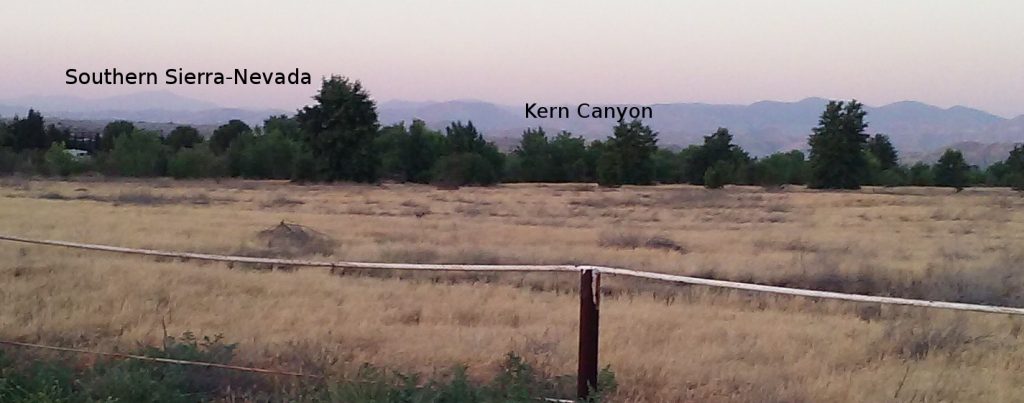
1860’s, what would become the Armpit of California, the settlers found wild, impassable river that emptied into a swamp in what would become Bakersfield. The ground was so soaked, it was said if you pounded in a green fence post, it would grow roots. Settlers proceeded to begin diverting the river into canals, and the water began flowing throughout the Central Valley jump starting what is now the most productive agriculture region in the United States, and one of the greatest in the world. The Kern River has such power, it is indirectly responsible for the environmental destruction of the Aral Sea after the Soviet Premier, Khrushchev, saw the power of water diversion for growing cotton in the desert during his visit to the U.S . The water wars created from the farming demands of the diverted water had such an impact in the United States, the court battle set the precedence of water rights throughout the United States today.
It is no small exaggeration to say the Kern River, in her small way, helped create the world-wide policies today of water for anything but local populations. These policies leave many people expecting future generations wars being fought over the control of water.
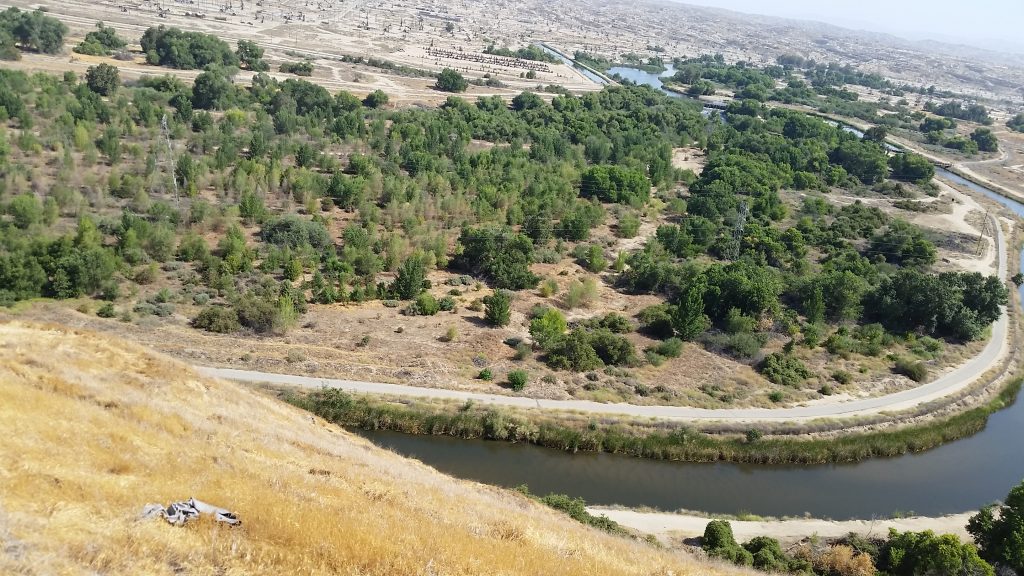
Yet, despite all her glory, all her importance, all her influences, all her power, within walking distance of my dwelling, you can find the small puddle you can step-over that shares not a single hint of the National Economy that she partially supports. To see it, to experience it, to step in it, brings a crushing weight in the gut feeling this history disappearing into the desert sand.
You can drop in a penny for luck, but that luck is for anybody other then those on her banks.
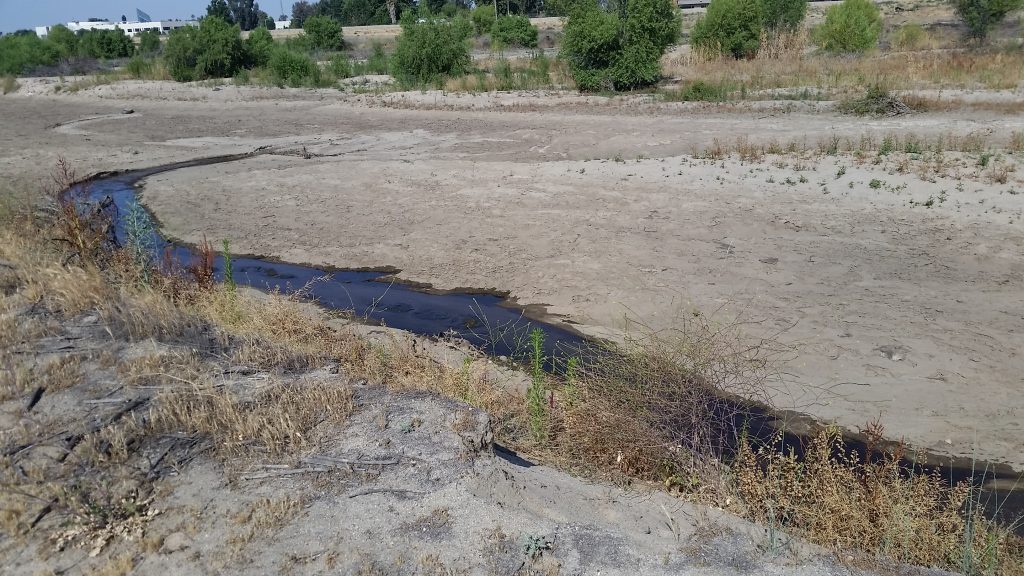
Ducka’ Kev
